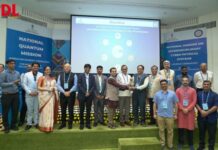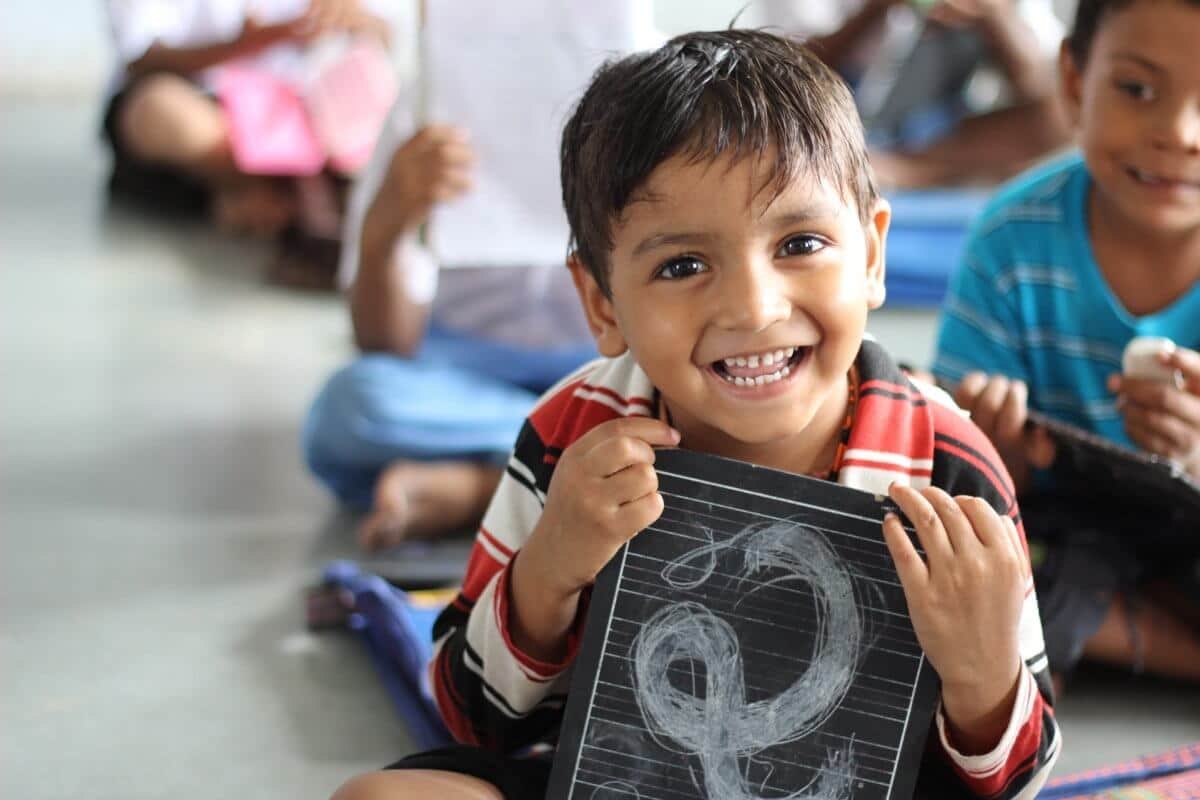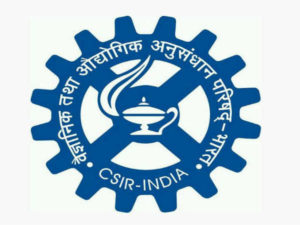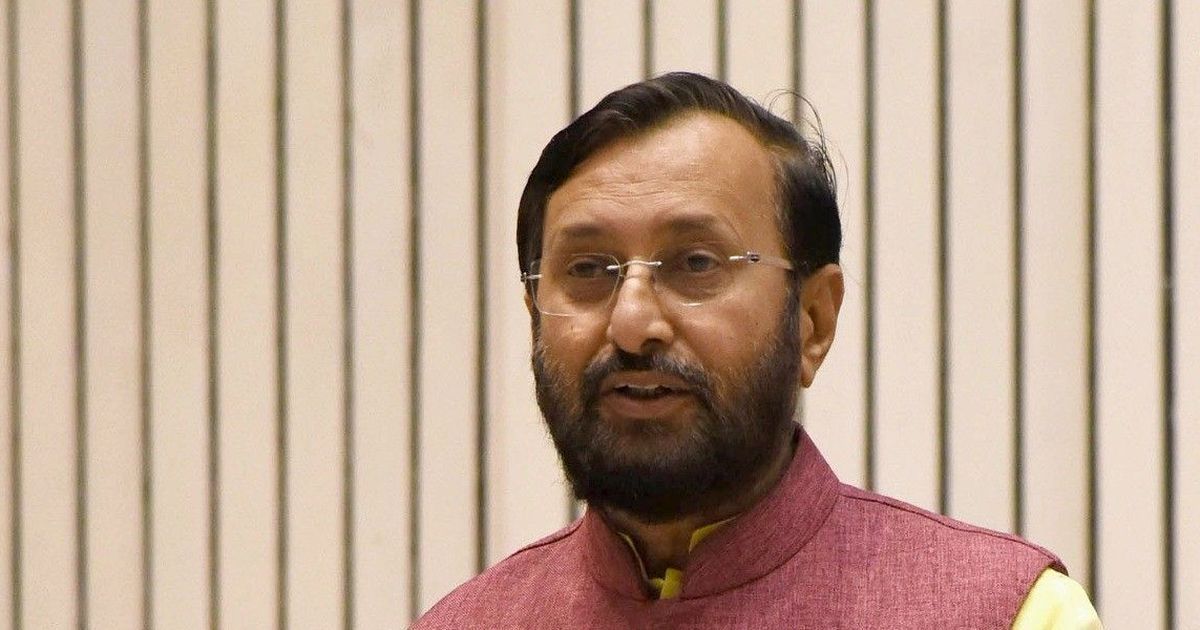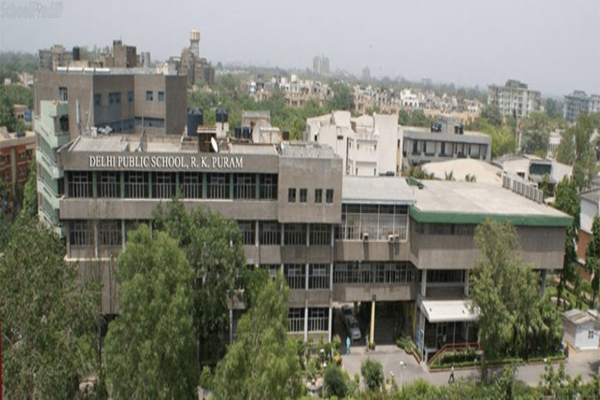Samsung India has announced the MyDream project, a research study in collaboration with UNESCO MGIEP (Mahatma Gandhi Institute of Education for Peace and Sustainable Development) and Navodaya Vidyalaya Samiti.
Under the project, ways of enhancing learning outcomes for middle school students in India and how their stress levels can be reduced.
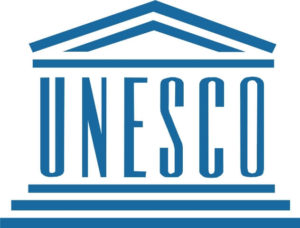 The 14 Samsung Smart Class will deliver 200 hours of course curriculum that is being developed for the Andhra Pradesh Government under the UNESCO MGIEP initiative ‘Teaching Teachers for Technology’. The course is been developed by UNESCO MGIEP so that future teachers can be effectively trained to teach students with the help of the latest technology using digital pedagogies.
The 14 Samsung Smart Class will deliver 200 hours of course curriculum that is being developed for the Andhra Pradesh Government under the UNESCO MGIEP initiative ‘Teaching Teachers for Technology’. The course is been developed by UNESCO MGIEP so that future teachers can be effectively trained to teach students with the help of the latest technology using digital pedagogies.
Under the MyDream project, Samsung and UNESCO MGIEP will conduct a two-year research study at Jawahar Navodaya Vidyalaya (JNV) schools across India. This study is designed to understand how project-based and socio-emotional learning (SEL) can be used to drive learning outcomes of students as defined by their Mathematics and Science scores measured by Jawahar Navodaya Vidyalaya and also to reduce their stress levels.
“Through the MyDream project, UNESCO MGIEP wants to build intellectually and emotionally resilient young people. We seek to make learning fun and stress free, and training young people to be mindful, empathetic and compassionate,” said Dr Anantha K Duraiappah, Director, UNESCO MGIEP.
“This research project will help us understand how learning outcomes for students can be improved and how their stress levels can be mitigated. This partnership between UNESCO MGIEP, Navodaya Vidyalaya Samiti and Samsung will pave way for not just an impact in India, but a global one,” he added.
For the study, 64 Jawahar Navodaya Vidyalaya schools, where Samsung already operates a Samsung Smart Class, have been chosen.
“MyDream Project in association with MGIEP and Samsung is likely to add impetus in furthering the digital pedagogy and increase digital competitiveness for India. Navodaya Vidyalaya being a residential system, introduction of project-based learning and social & emotional learning through Samsung Smart Class digital platform will give a strategic direction in reducing perceived academic stress amongst children,” said B K Singh, Commissioner, Navodaya Vidyalaya Samiti.
At the end of the study, a comprehensive report and recommendations will be submitted to the Ministry of Human Resource Development, Government of India.




